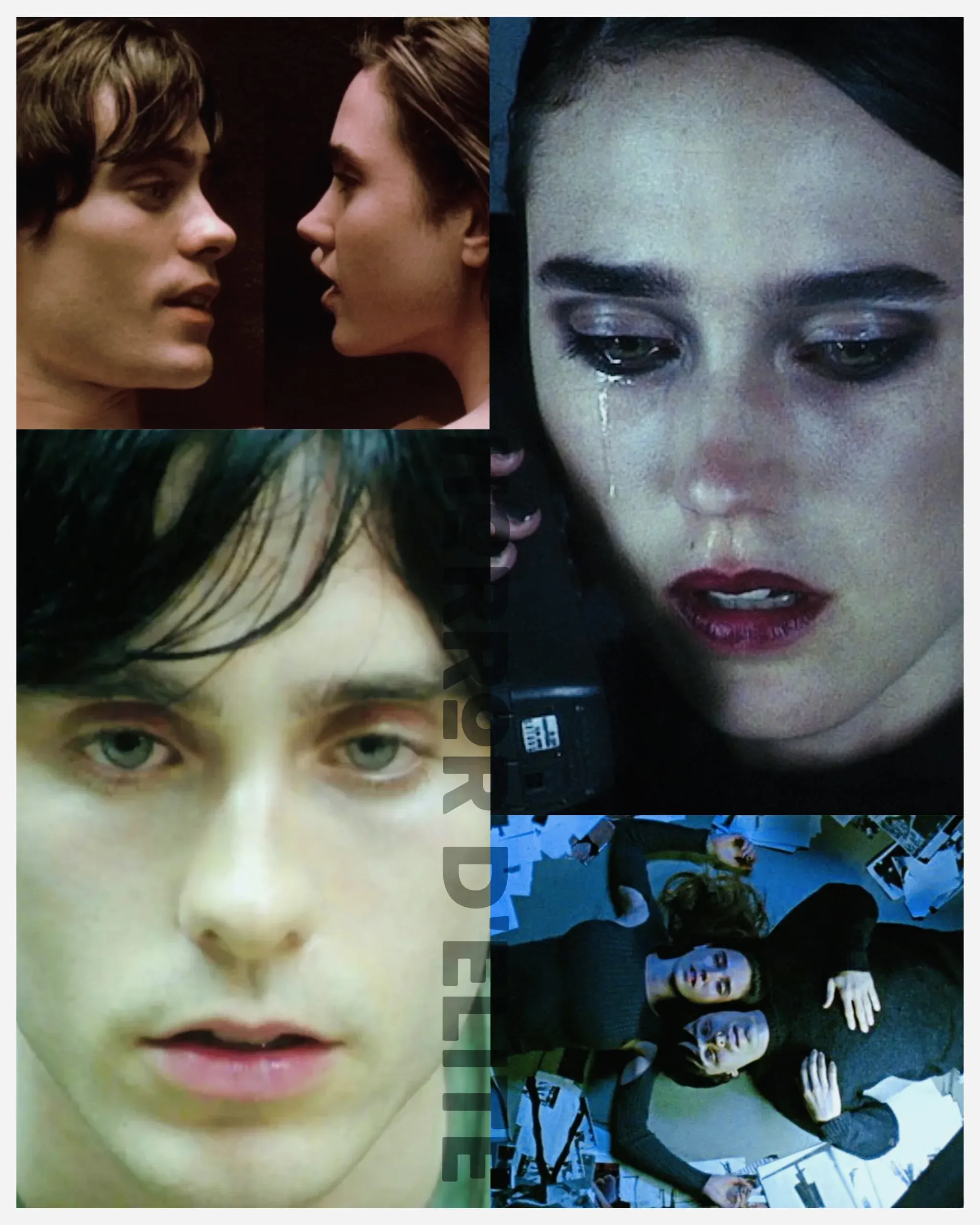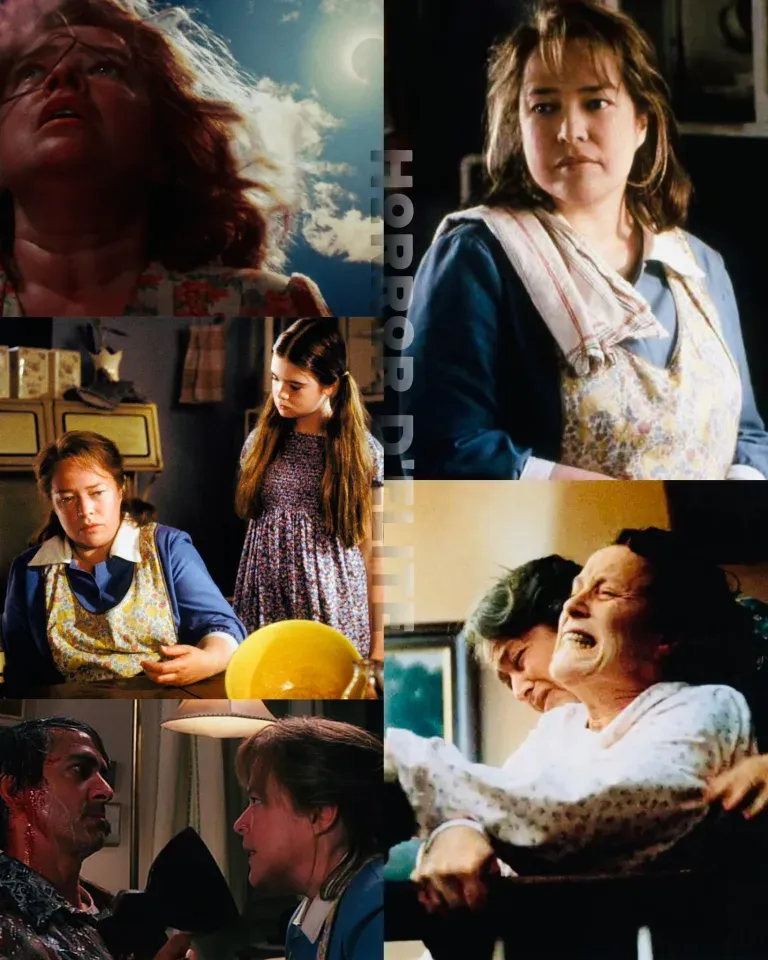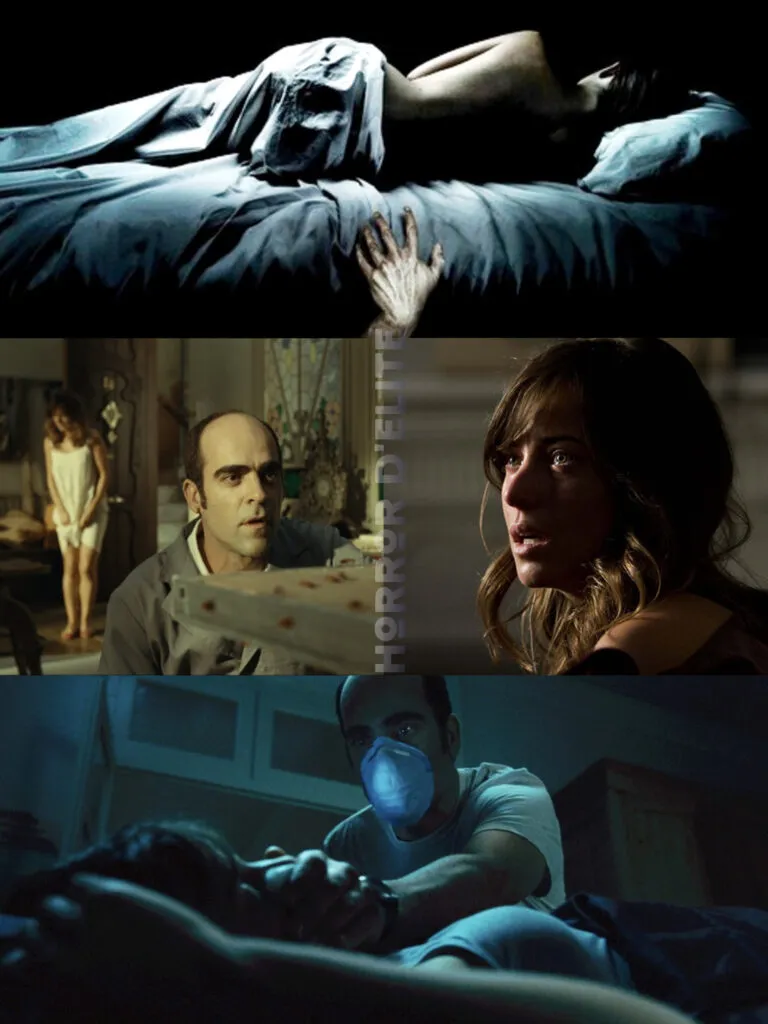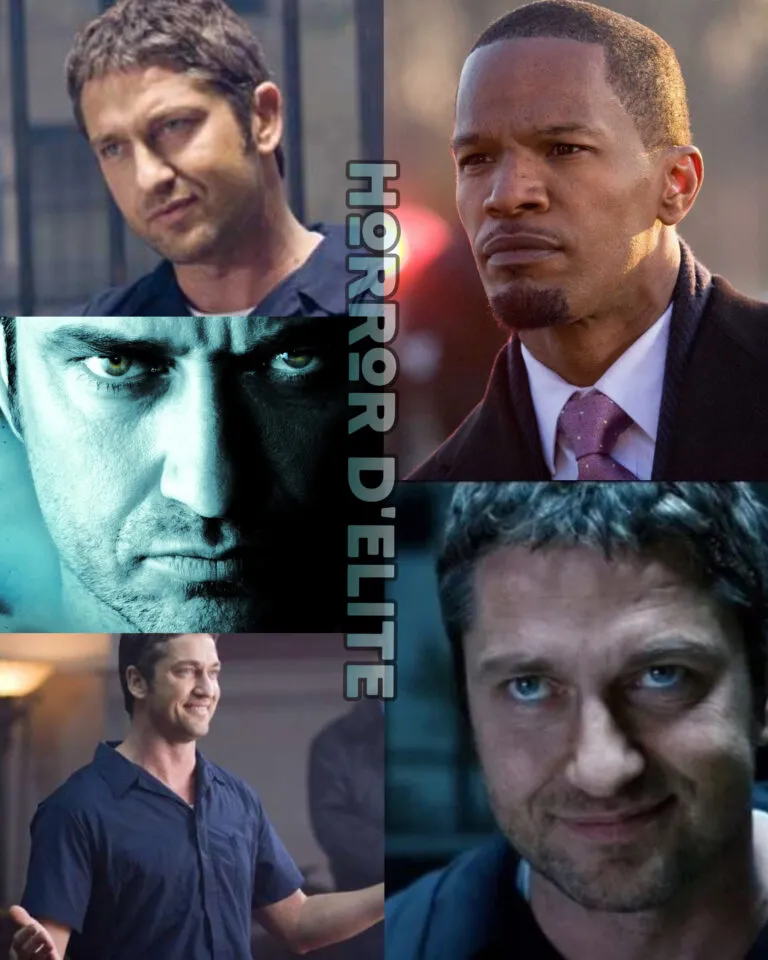Requiem for a Dream
“Requiem for a Dream” is known for its unique narrative structure and distinctive visual style. Darren Aronofsky’s direction is characterized by the use of innovative and symbolic techniques that amplify the emotional impact of the film. Aronofsky utilizes fast-paced and fragmented editing to capture the characters’ mental agitation, creating a sense of frenzy that reflects their chaotic lives.
The depiction of addiction goes beyond just the physical aspects, exploring the deterioration of interpersonal relationships and the progressive loss of hope. The characters desperately seek happiness and success, but addiction acts as a dark shadow enveloping them, leading to the ruin of their dreams and desires.
Aronofsky’s choice to use distorted lenses, unusual framing, and captivating visual effects contributes to creating a sense of surrealism, emphasizing the irreversibility of the characters’ descent into the drug abyss. This stylistic approach combines with a compelling and hypnotic soundtrack, masterfully accompanying the emotions and flow of the story.
Ellen Burstyn’s performance as Sara is a highlight of the film. Her physical and emotional transformation is extraordinary, offering a poignant glimpse into human frailty under extreme pressures.
“Requiem for a Dream” is an intense and provocative work of art that explores human suffering in bold and disturbing ways. Its ability to evoke strong emotions and provoke reflection on the consequences of addiction has made it a film that remains impactful in the memories of viewers.
“Requiem for a Dream” stands out for the psychological depth with which it explores the effects of addiction on the minds of its characters. The detailed portrayal of psychological dynamics highlights the gradual disintegration of the human psyche in the face of addiction and substance dependence.
The film highlights the cycle of immediate gratification and subsequent despair that characterizes drug addiction. Guided by an obsessive pursuit of pleasure, the characters spiral downward, with drugs becoming their sole source of satisfaction, undermining their ability to experience joy or fulfillment from any other source.
The distorted view of reality becomes a recurring theme in the film, reflected both in the imagery and in the characters’ experiences. The psychology of addiction emerges through the representation of hallucinations and nightmares, which are visual manifestations of the protagonists’ deep-seated fears and anxieties.
In particular, Sara Goldfarb’s character serves as an example of how addiction can significantly impact mental health. Her obsessive quest for television success leads to a progressive loss of touch with reality, culminating in a traumatic and delusional experience. This underscores how addiction can radically transform an individual’s perception and cognition.
The characters’ psychology is further explored through the use of symbolic imagery and visual metaphors, reinforcing the theme of loss of identity and control. The disintegration of the self and dehumanization are powerfully depicted, highlighting the devastating psychological impacts of drug addiction.
In conclusion, “Requiem for a Dream” stands out for its deep and complex exploration of the psychological aspects of addiction. Through its bold and intense portrayal, the film offers a penetrating look into the minds of the characters, highlighting the emotional and mental destruction that accompanies the journey of drug dependence.







